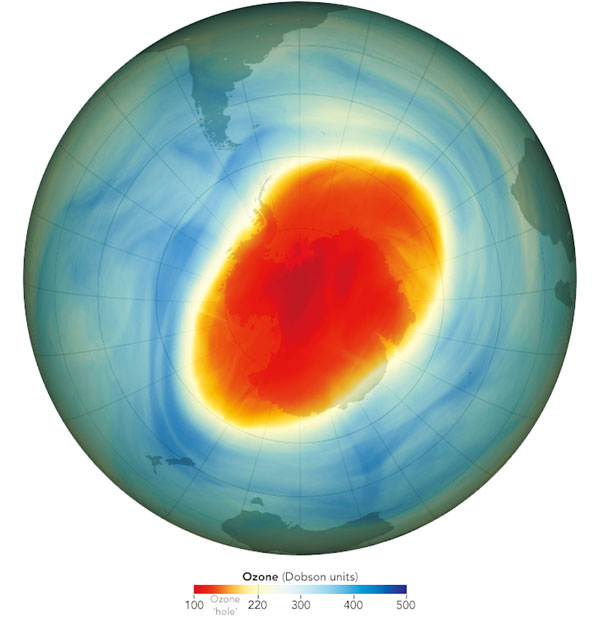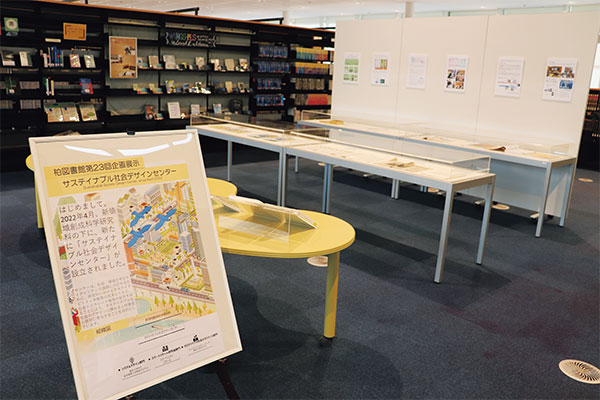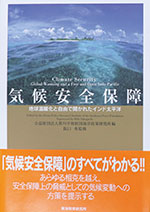UTokyo researchers answer questions on 21 GX (Green Transformation) topics from their specialist viewpoints. Through questions that cannot simply be brushed off as someone else’s concerns, take a peek into GX and our world of research.
Why isn’t there much progress in reducing CO2 like there was with CFCs?
Everyone was expected to work together to stop using products with chlorohydrocarbons (CFCs) that were depleting the ozone layer. Why can’t we do the same with CO2?Answered by Yasuko Kameyama
Professor, Graduate School of Frontier Sciences
Sustainability Science


Unlike CFCs, we have no effective means to reduce CO2 yet
Global-scale environmental problems tend to be invisible. When people see trees being cut down or trash scattered about in their neighborhood, they immediately feel they need to do something about it. Highly visible problems can therefore be tackled easily, but the same cannot be said for invisible issues. As greenhouse gases cannot be seen, it is difficult to feel a sense of crisis about their increase. If there was an inexpensive way to reduce greenhouse gas emissions without needing ordinary people to put in a lot of effort, it would be possible to move towards a solution, but at this moment there are no such measures available. Unlike when, for example, humanity needed to find a solution to the depletion of the ozone layer.
CFCs (chlorofluorocarbons) were historically used as refrigerants in air conditioners and refrigerators, and in spray cans for cosmetics and other products. At the end of the 1970s, there were concerns that Concorde, a plane which flew higher than regular passenger aircraft, might be depleting the ozone layer. An ensuing survey instead detected a contraction of the ozone layer above the Earth’s poles, where Concorde did not fly, and CFCs were also found. Thus, the clamor to reduce CFCs grew, culminating in the adoption in 1985 of the Vienna Convention for the Protection of the Ozone Layer. Immediately afterwards, the chemical company DuPont began to offer a relatively low-cost alternative to CFCs that would not deplete the ozone layer, and moves to eradicate CFCs gained momentum. The 1987 Montreal Protocol set deadlines for the termination of CFC production — advanced nations by 1996 and developing nations by 2015. It was therefore possible to replace CFCs at a reasonable cost and stop the depletion of the ozone layer from increasing any further, without forcing the general population to change their lifestyle*.
Investment in technologies to replace fossil fuels is key

If greenhouse gases are to be reduced, fossil fuels must be replaced. While there are currently no alternatives to fossil fuels at both a similar price point and availability, it’s too early to give up hope. In the 1980s, renewable energy was expensive, and the idea of changing over from using fossil fuels was rejected. But the European countries listened to their scientists and started to invest money in renewables. A CO2 emission trading scheme was launched in the European Union to increase incentives to use renewable energy, and Scandinavian countries introduced a tax on fossil fuels. Businesses strove to develop new technologies, and it became clear that the price gap between renewable and other forms of energy in Europe was shrinking. This made it possible to agree on net-zero emissions targets at the UN Climate Change Conference (COP21) in Paris.
After the Paris Agreement was adopted, Japanese businesspeople joined COP22 in 2016 as observers. They were able to witness firsthand how the Europeans had positioned climate change as an opportunity from which businesses could profit the more they cut emissions. And in 2020, then-Prime Minister Yoshihide Suga’s announcement of Japan’s net-zero emissions goal by 2050 caused Japan’s business world to completely change its mindset.
While encouraging a sense of urgency about climate change mitigation in people, it is also preferable for their lifestyles to change naturally in a way that counters global warming. For such changes to happen, technologies that reduce greenhouse gases must be made available at reasonable prices. Electric vehicles are one example. To young people in Europe and China, cars that run on gasoline are a thing of the past. They choose electric vehicles over gasoline-powered ones not necessarily because of their environmental awareness, but because they find recharging to be more convenient and cheaper than refueling with gasoline. I think that this kind of trend is the way forward.
*Note, however, that the CFC replacements are more potent greenhouse gases than CO2.


Kiko Anzen Hosho (“Climate Security”)(Tokai Education Research Institute, 2021)
A book that outlines emerging geopolitical risks, such as conflict caused by rising sea levels and increased social anxiety resulting from food shortages and other issues. “As also highlighted in the Defense of Japan white paper, climate change is already not merely an environmental problem, but also a threat to national security.”







